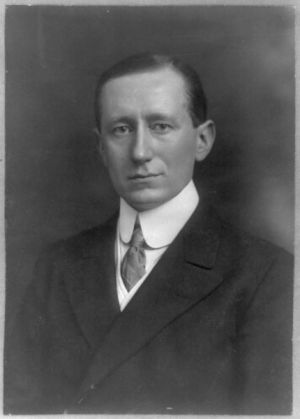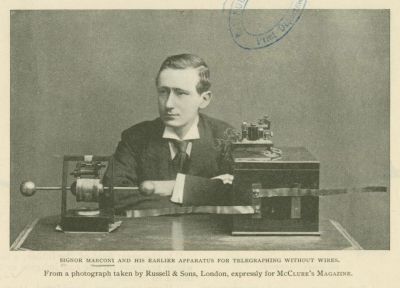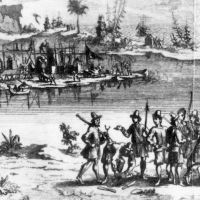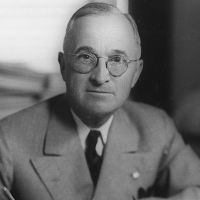Primary Source
His Majesty, Edward VII.
London, Eng.
In taking advantage of the wonderful triumph of scientific research and ingenuity which has been achieved in perfecting a system of wireless telegraphy, I extend on behalf of the American People most cordial greetings and good wishes to you and to all the people of the British Empire.
THEODORE ROOSEVELT
Wellfleet, Mass., Jan. 19, 1903
And the response:
Sandrinham, January 19, 1903
The President,
White House, Washington, America
I thank you most sincerely for the kind message which I have just received from you, through Marconi's trans-Atlantic wireless telegraphy. I sincerely reciprocate in the name of the British Empire the cordial greetings and friendly sentiment expressed by you on behalf of the American Nation, I heartily wish you and your country every possible prosperity.
EDWARD R. and I.









